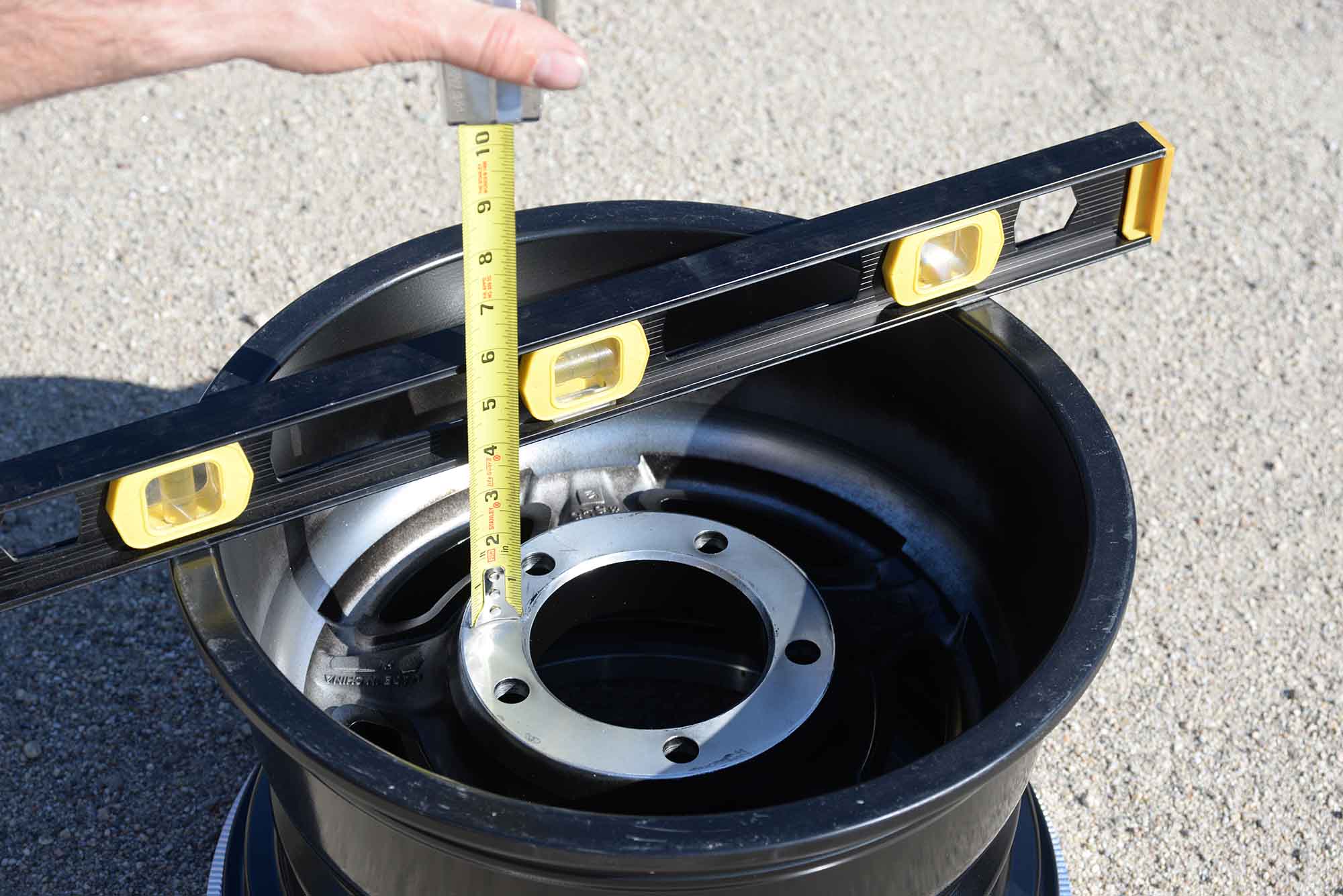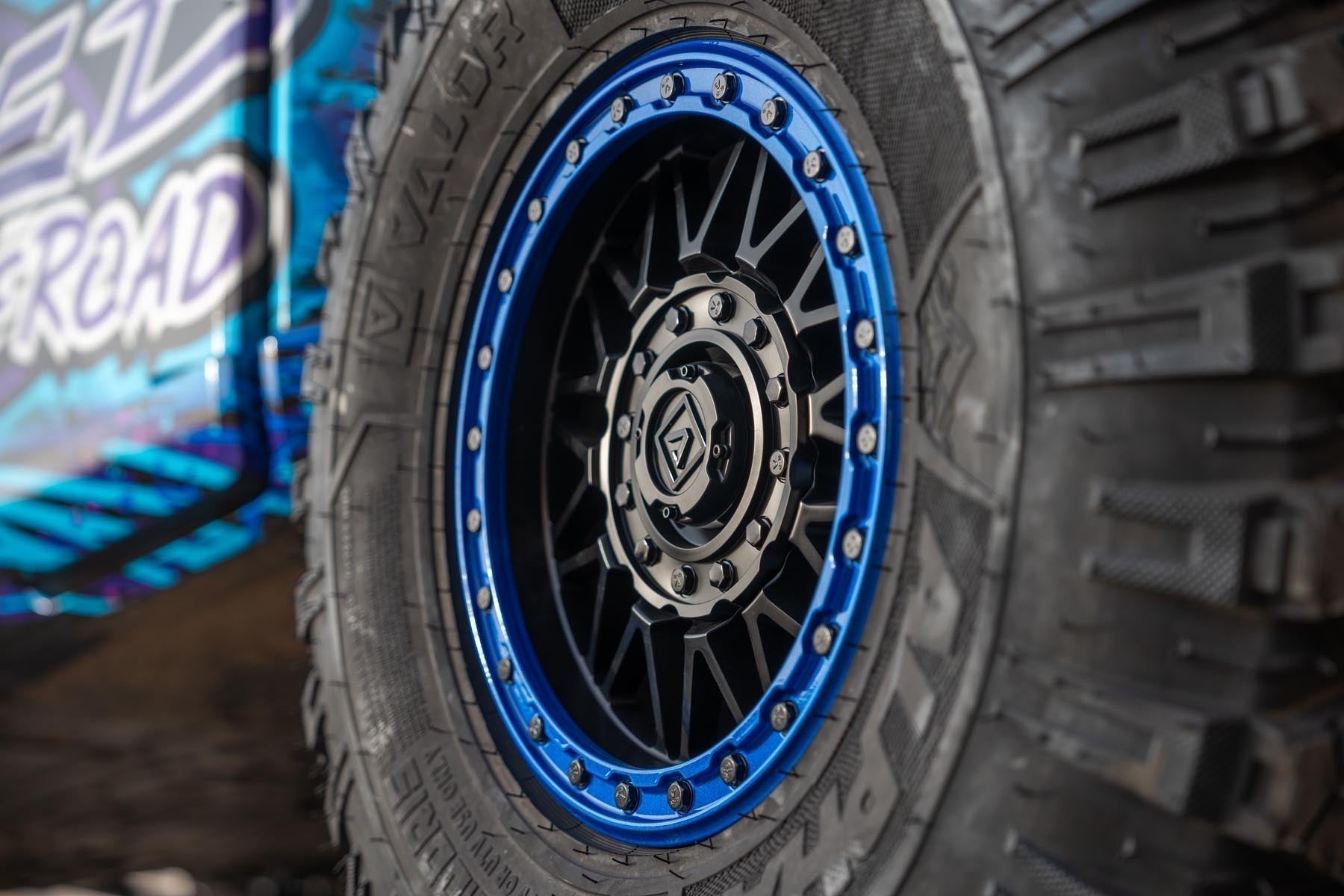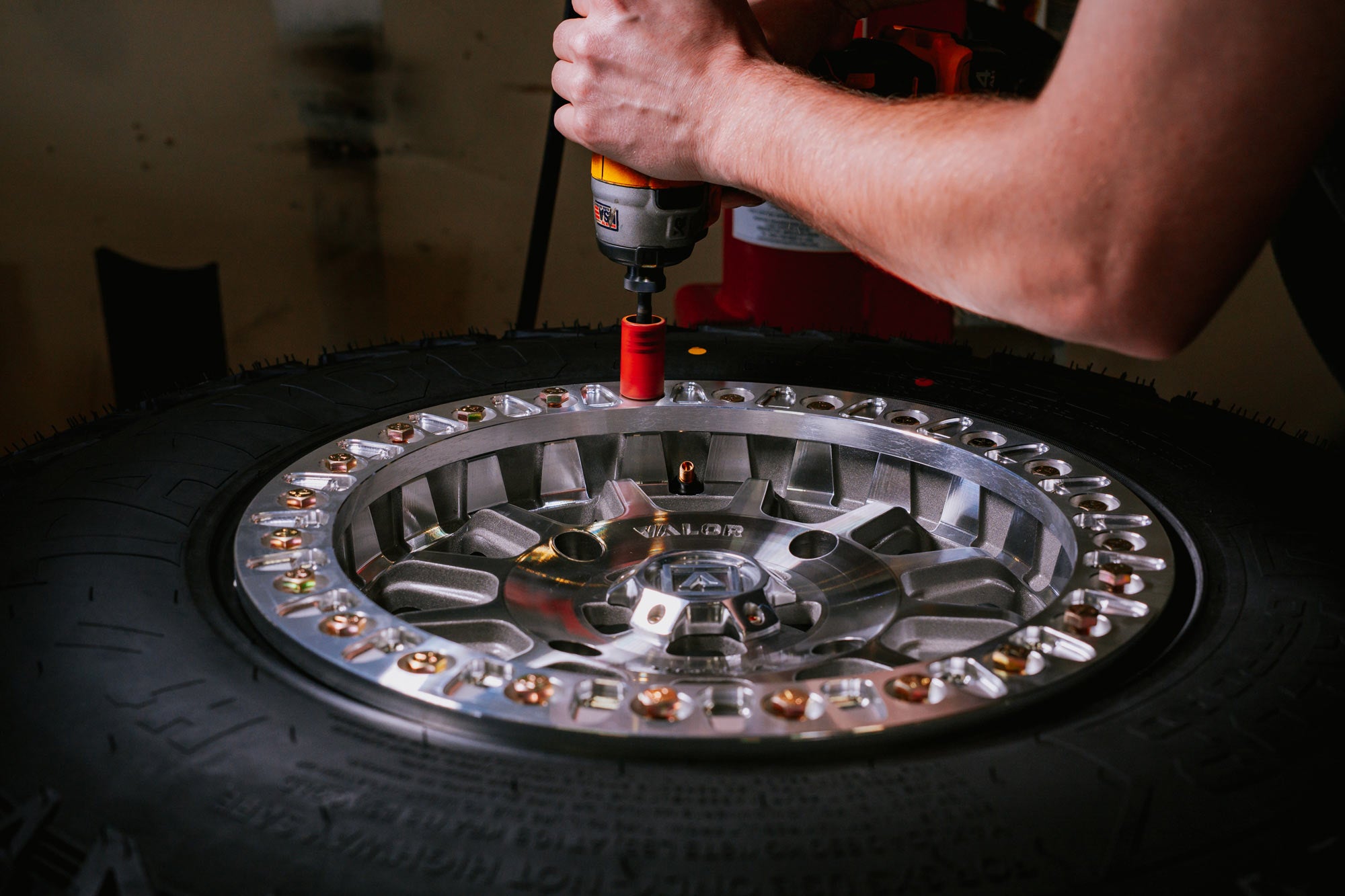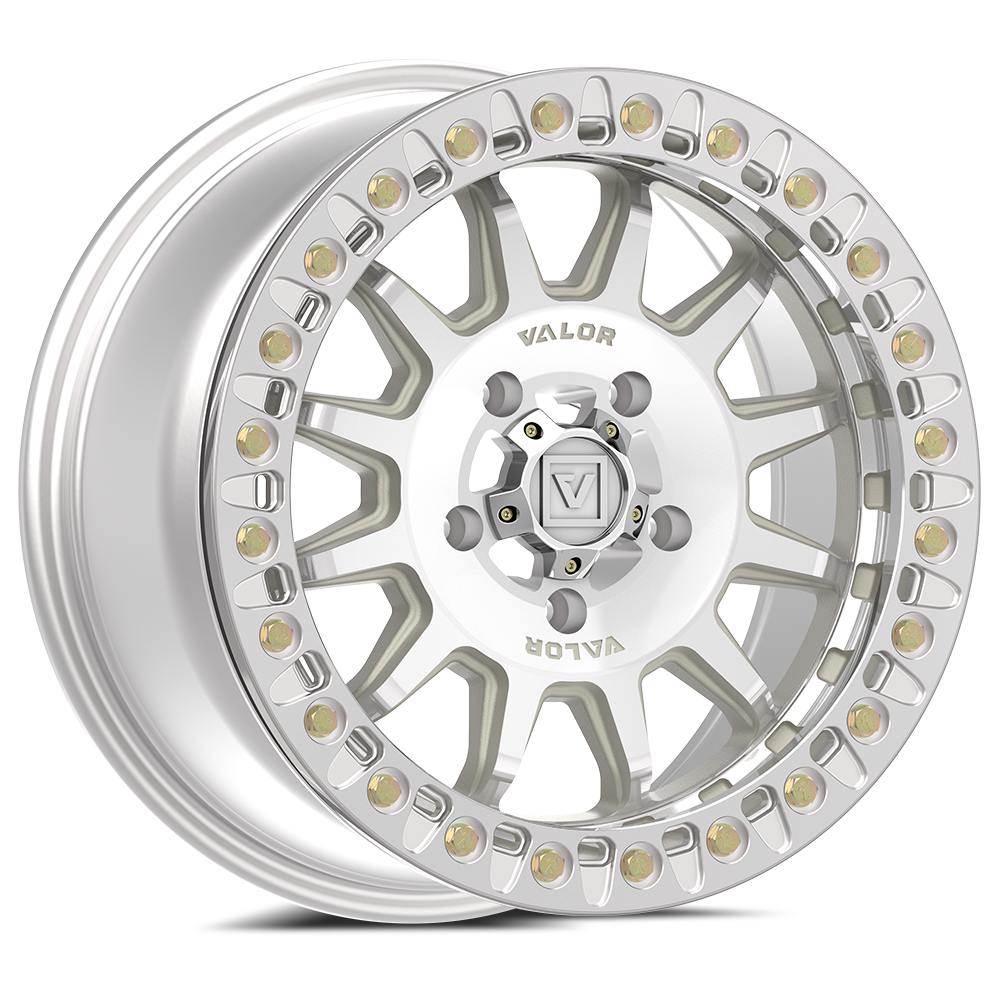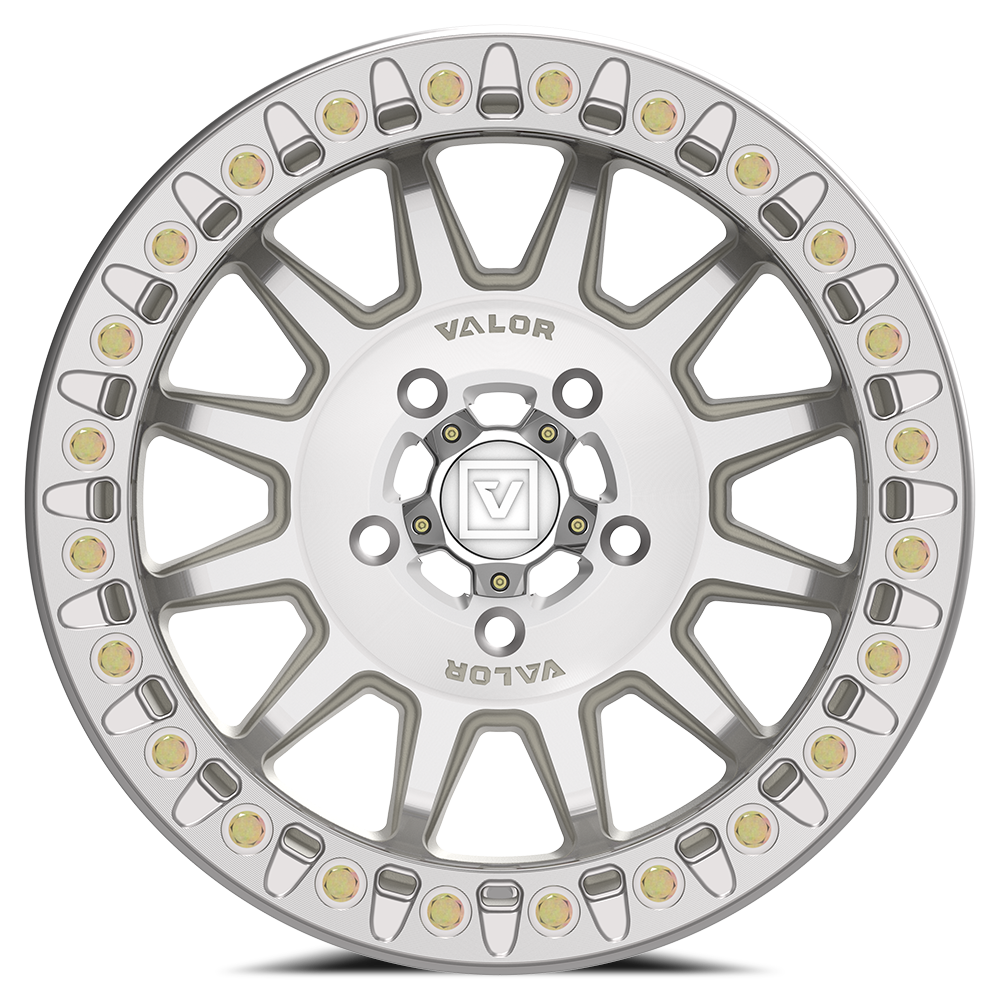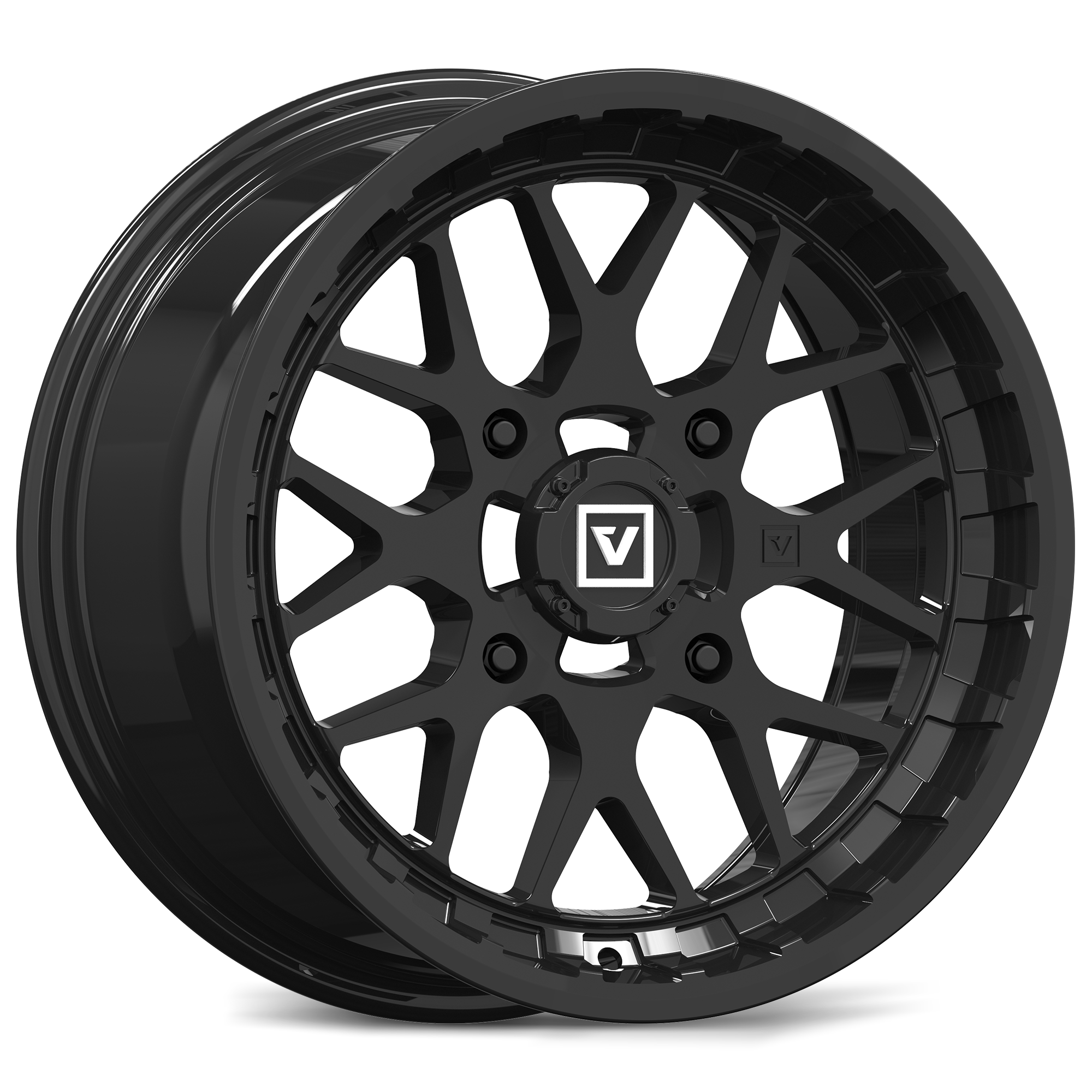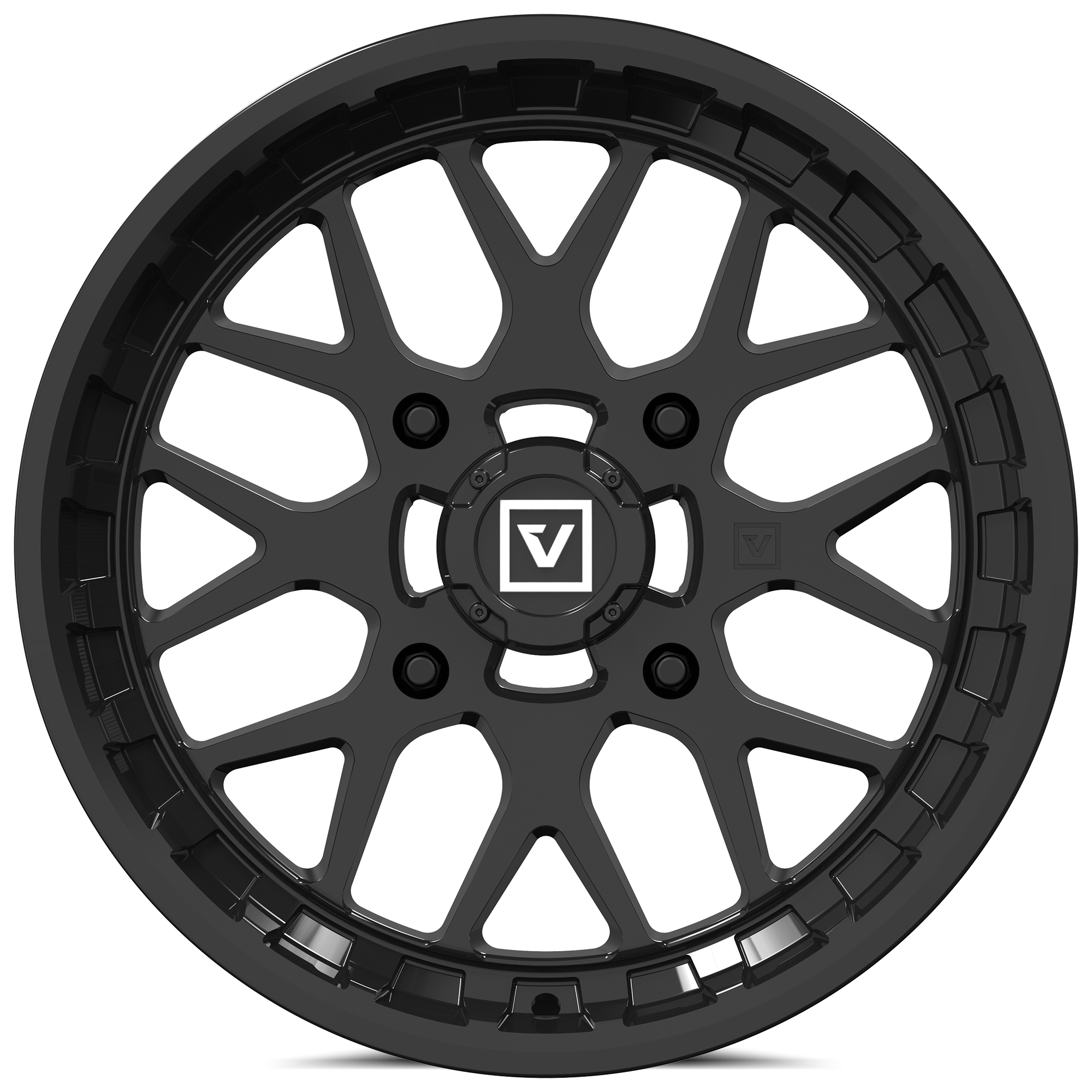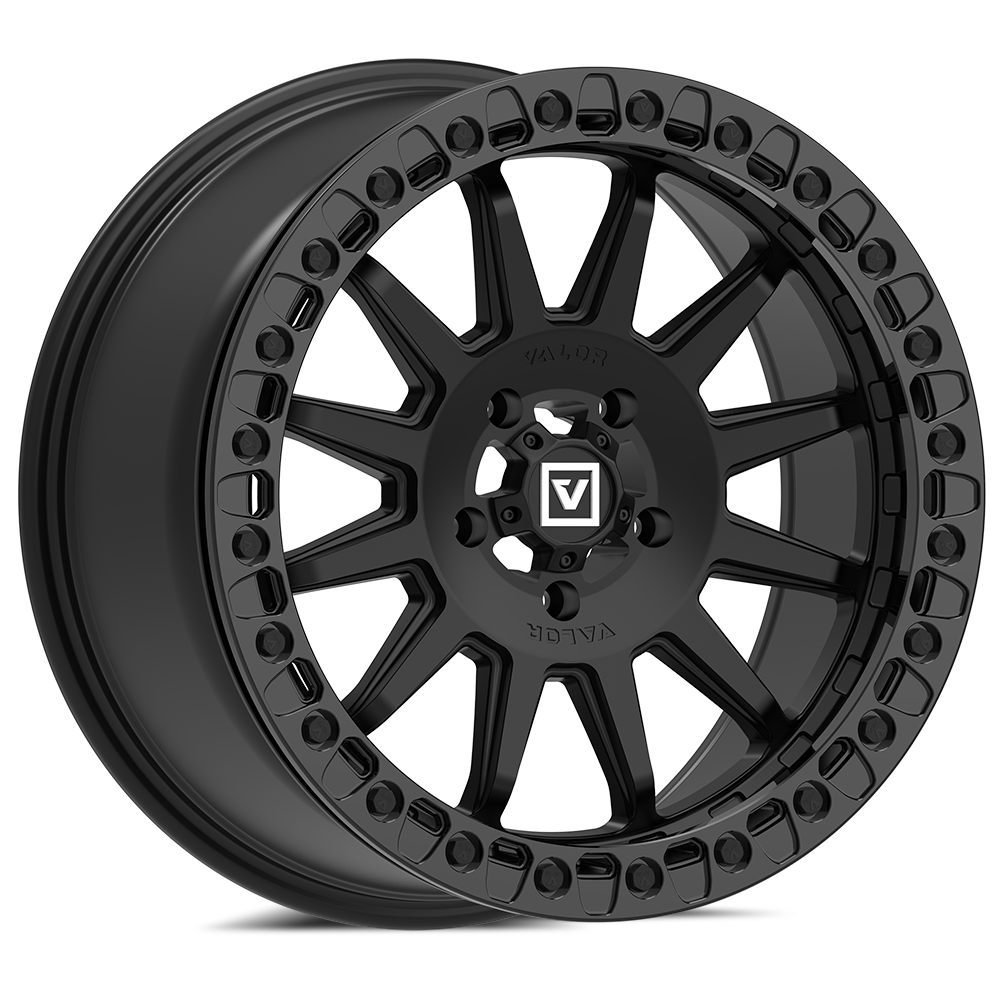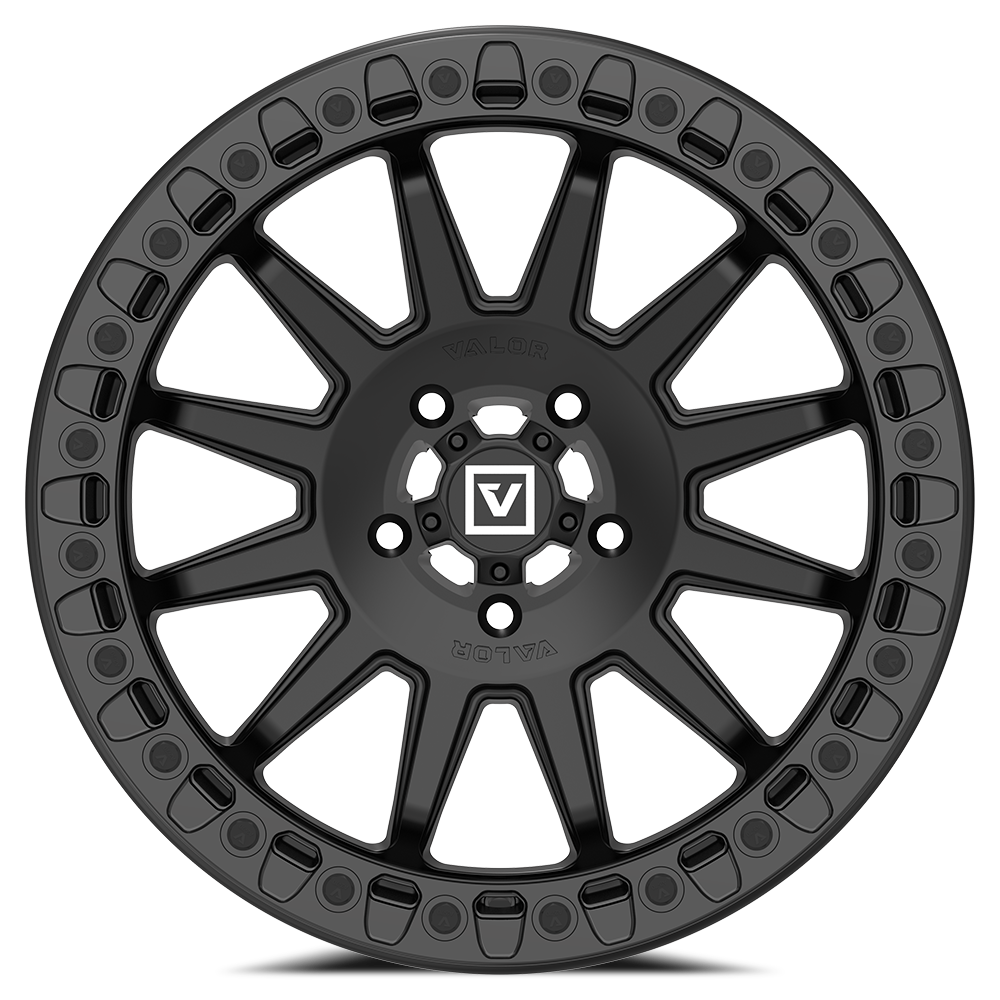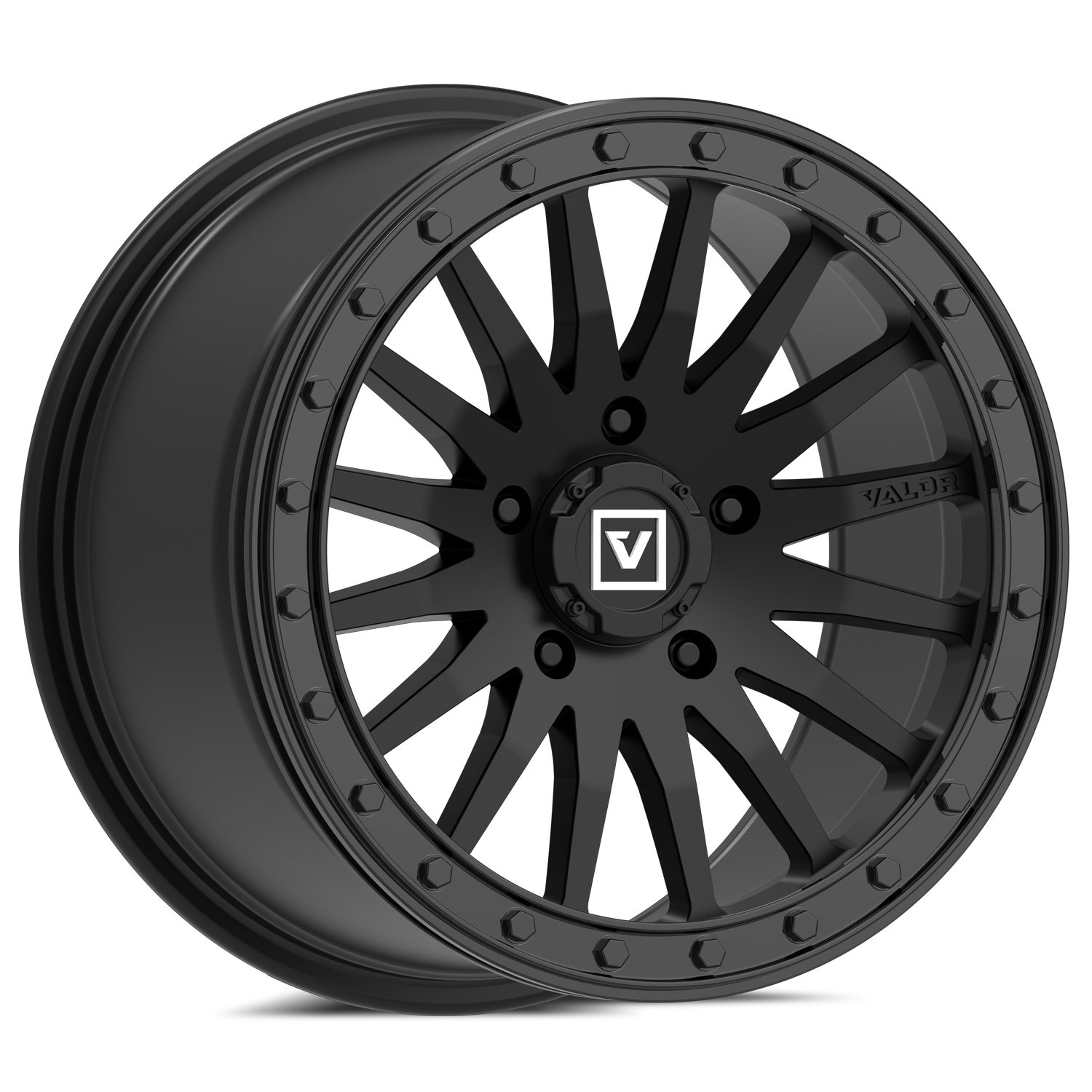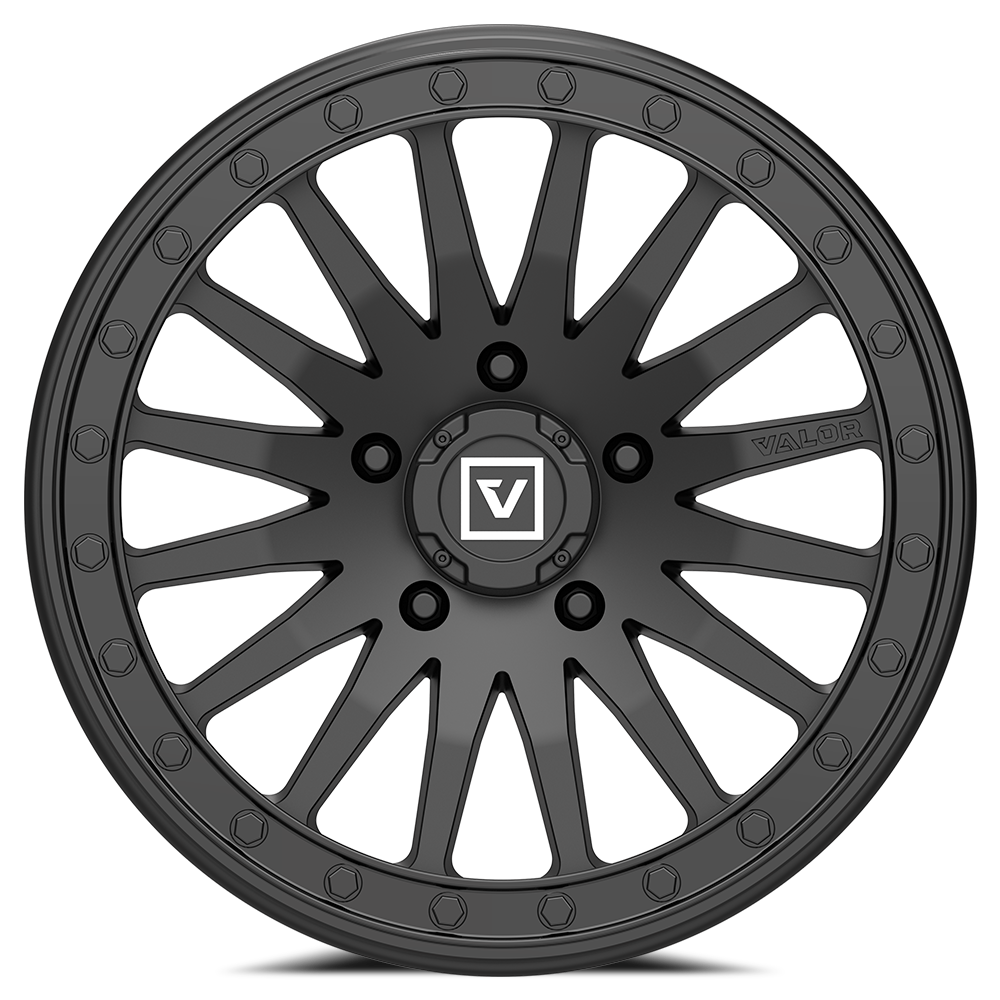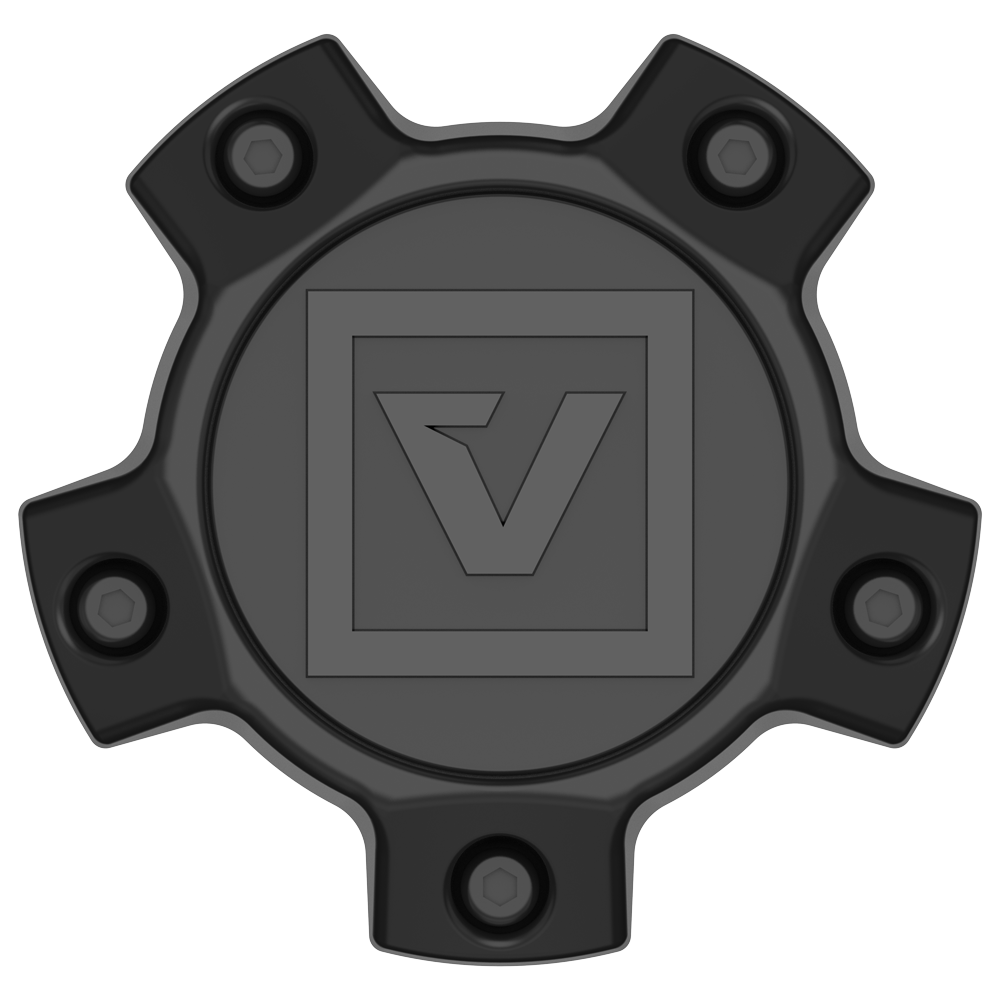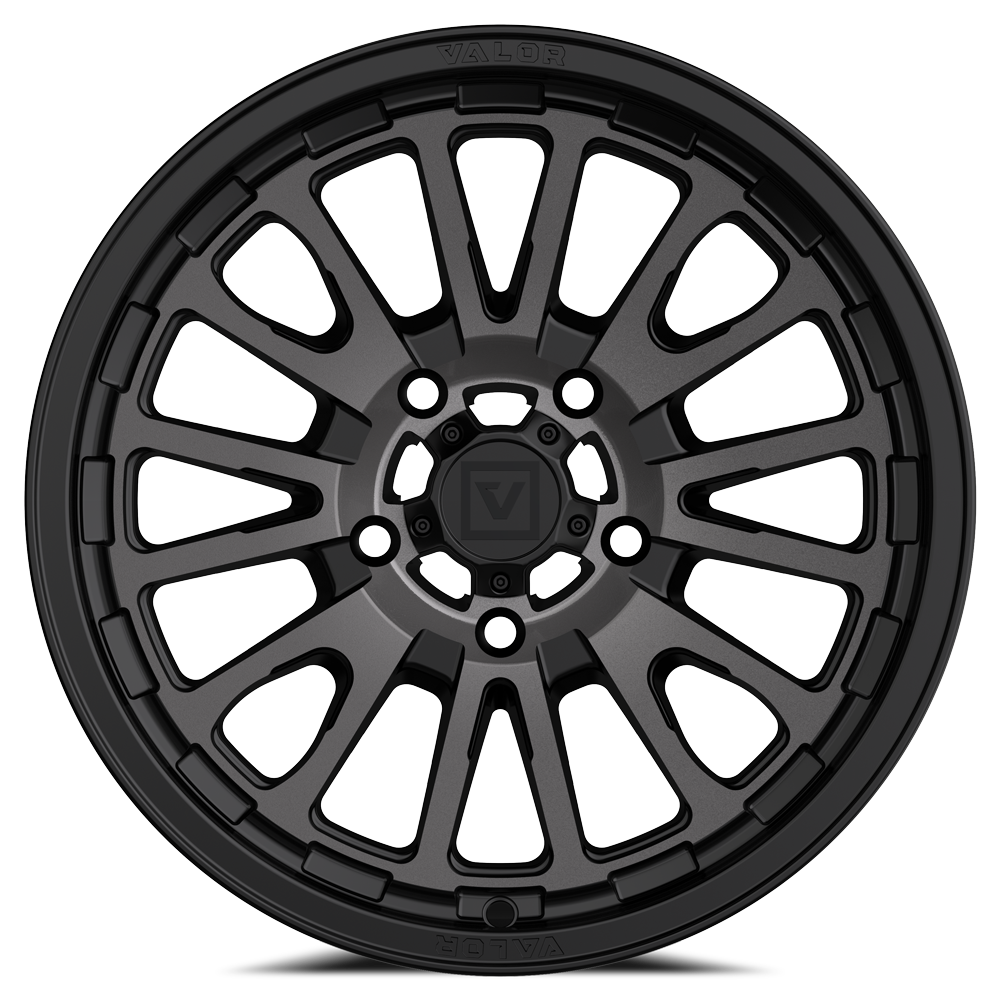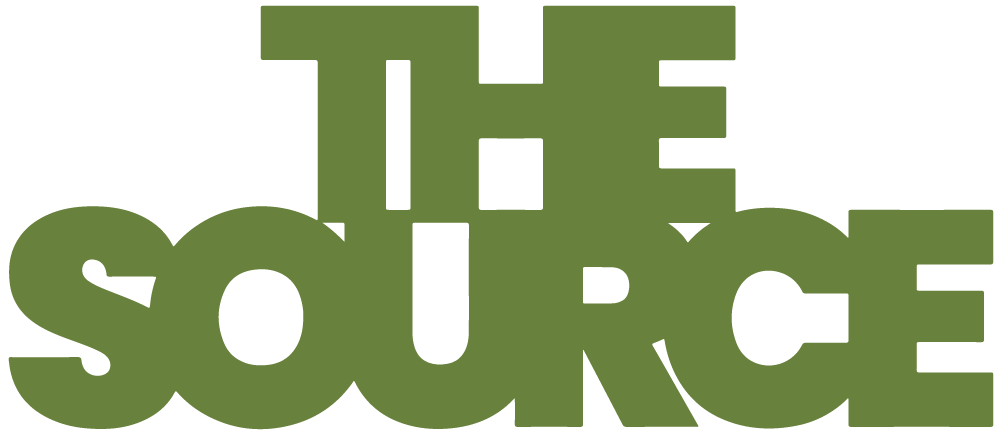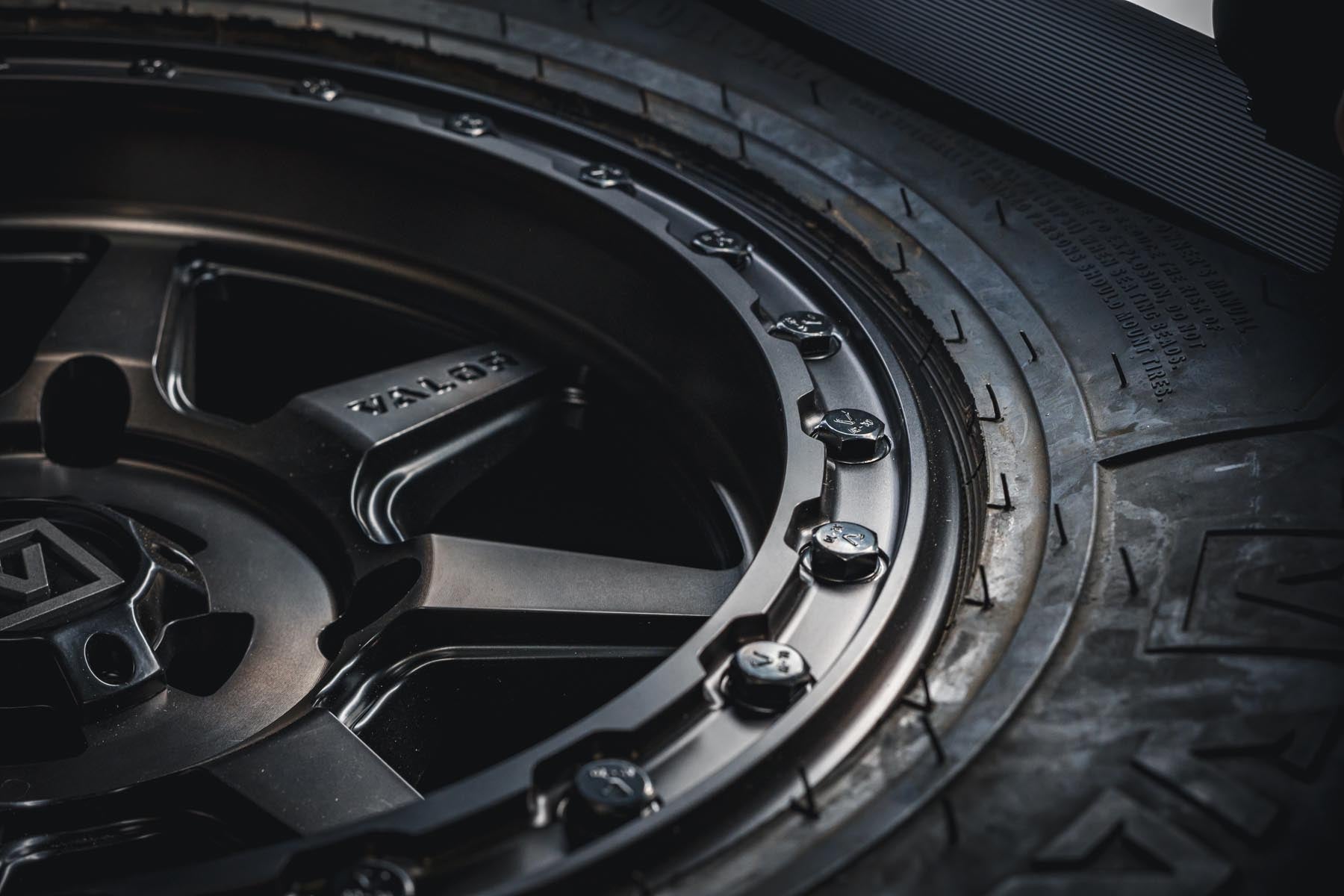UTV wheels are measured by diameter and width, with the diameter being the overall distance across the wheel and the width measured between the inner bead seats. Additionally, wheel offset is a crucial measurement, indicating the hub mounting surface's position relative to the wheel's centerline.
Diameter: The wheel diameter is the distance across the wheel, measured from the outer edge of the bead area on one side to the outer edge of the bead area on the opposite side. UTV wheel diameters are typically measured in inches. The wheel size is calculated with the tire mounted, and because the tire bead covers a portion of the wheel, the measurement is often rounded down to the nearest whole number, according to Tracks USA.
Width: The wheel width is the distance between the inner edges of the bead seats, where the tire bead sits. This measurement is also typically in inches.
Offset: Wheel offset refers to the distance between the wheel's hub mounting surface (where it attaches to the vehicle) and the wheel's centerline. It's often expressed as two numbers, such as 4+3, where the first number is the distance from the hub mounting surface to the inner edge of the wheel, and the second number is the distance from the hub mounting surface to the outer edge of the wheel. Positive offset: The hub mounting surface is towards the front of the wheel, pushing the wheel further inside the wheel well. Negative offset: The hub mounting surface is towards the back of the wheel, pushing the wheel further out from the wheel well. Zero offset: The hub mounting surface is at the exact center of the wheel.
Bolt Pattern: The bolt pattern is the arrangement of the lug holes on the wheel's hub mounting surface. It's described by two numbers, such as 4x156, where the first number indicates the number of lug holes, and the second number indicates the diameter of the circle formed by the lug holes (measured in millimeters). For example, a 4x156 bolt pattern has four lug holes arranged in a circle with a diameter of 156mm.





